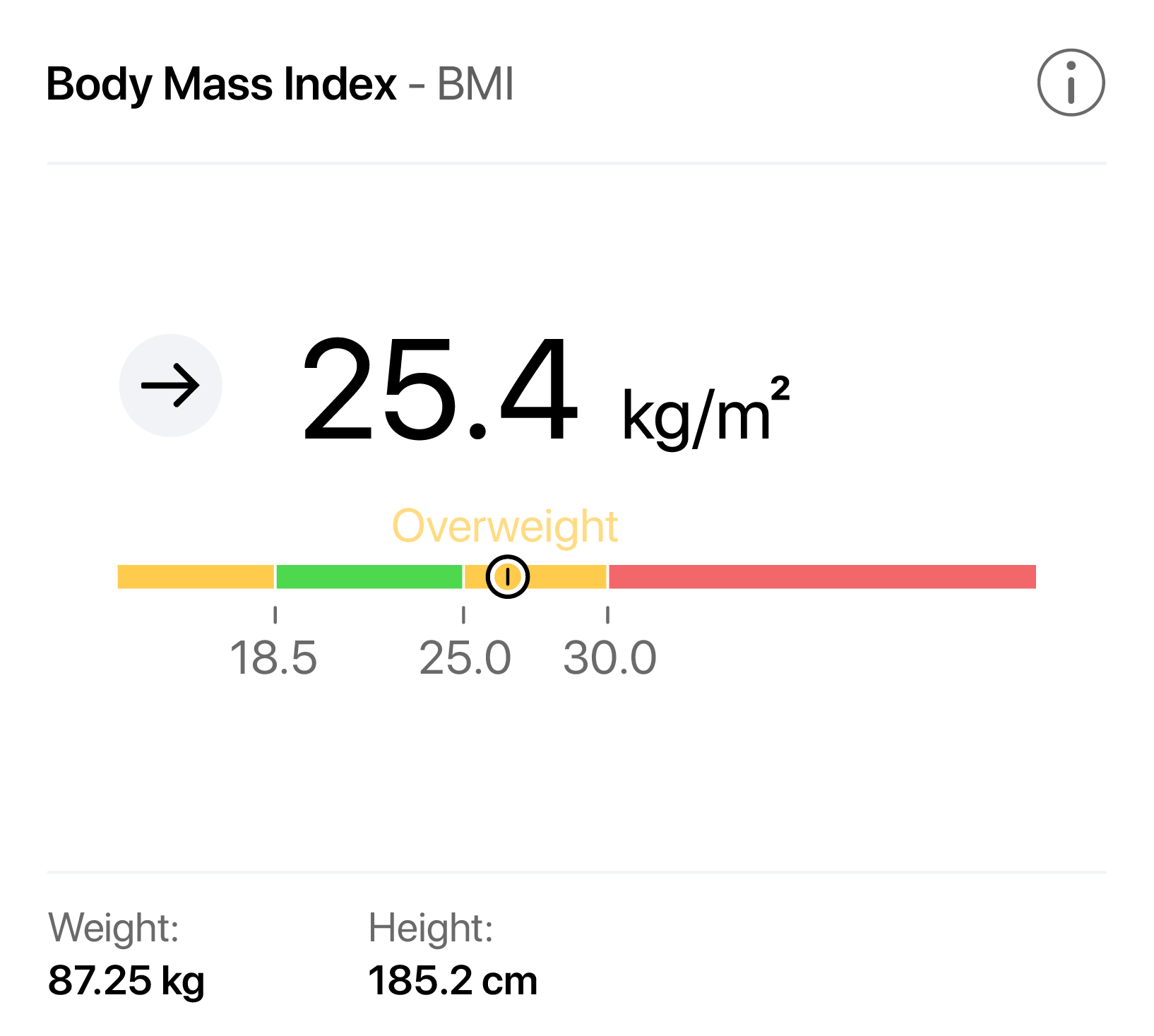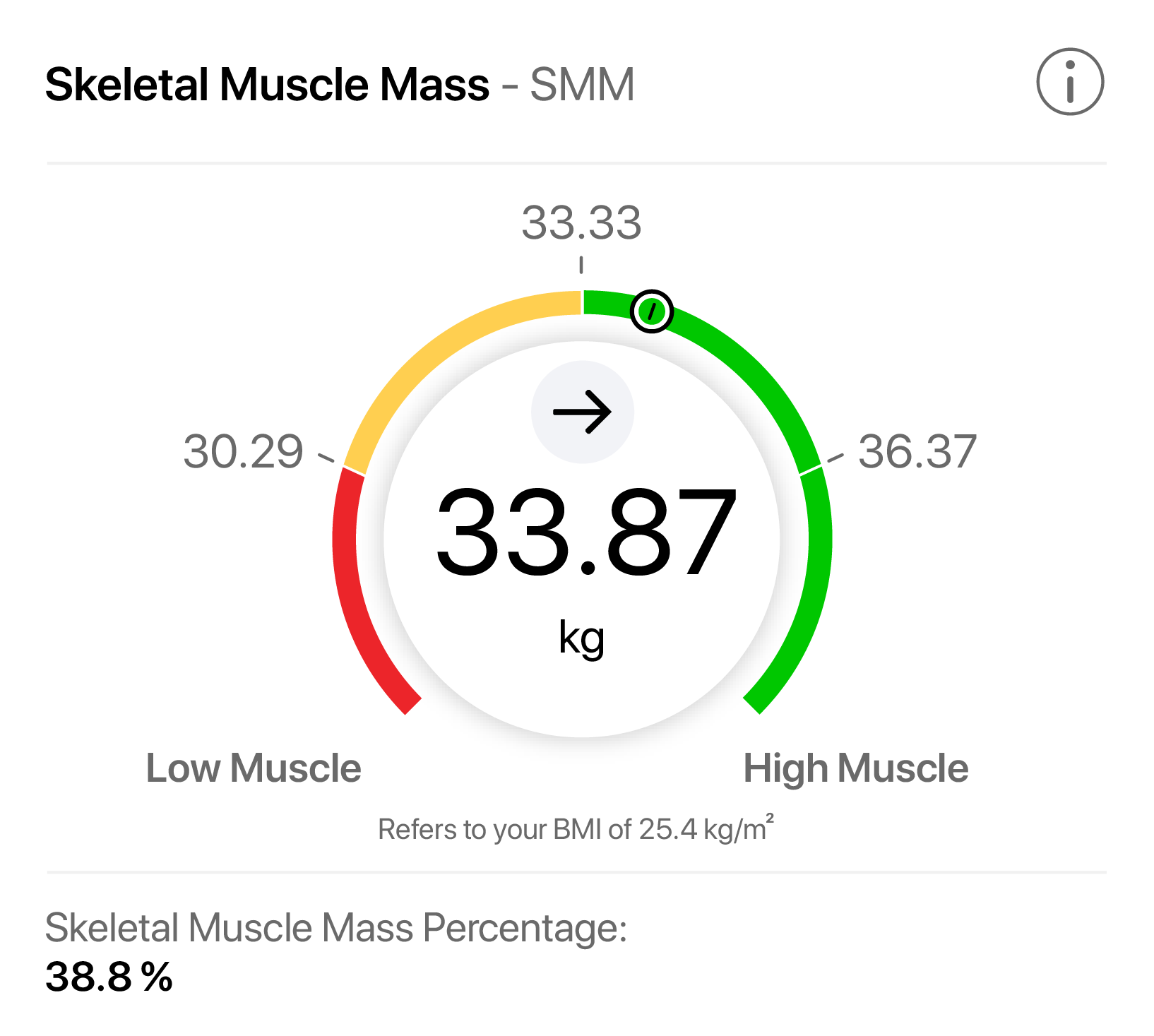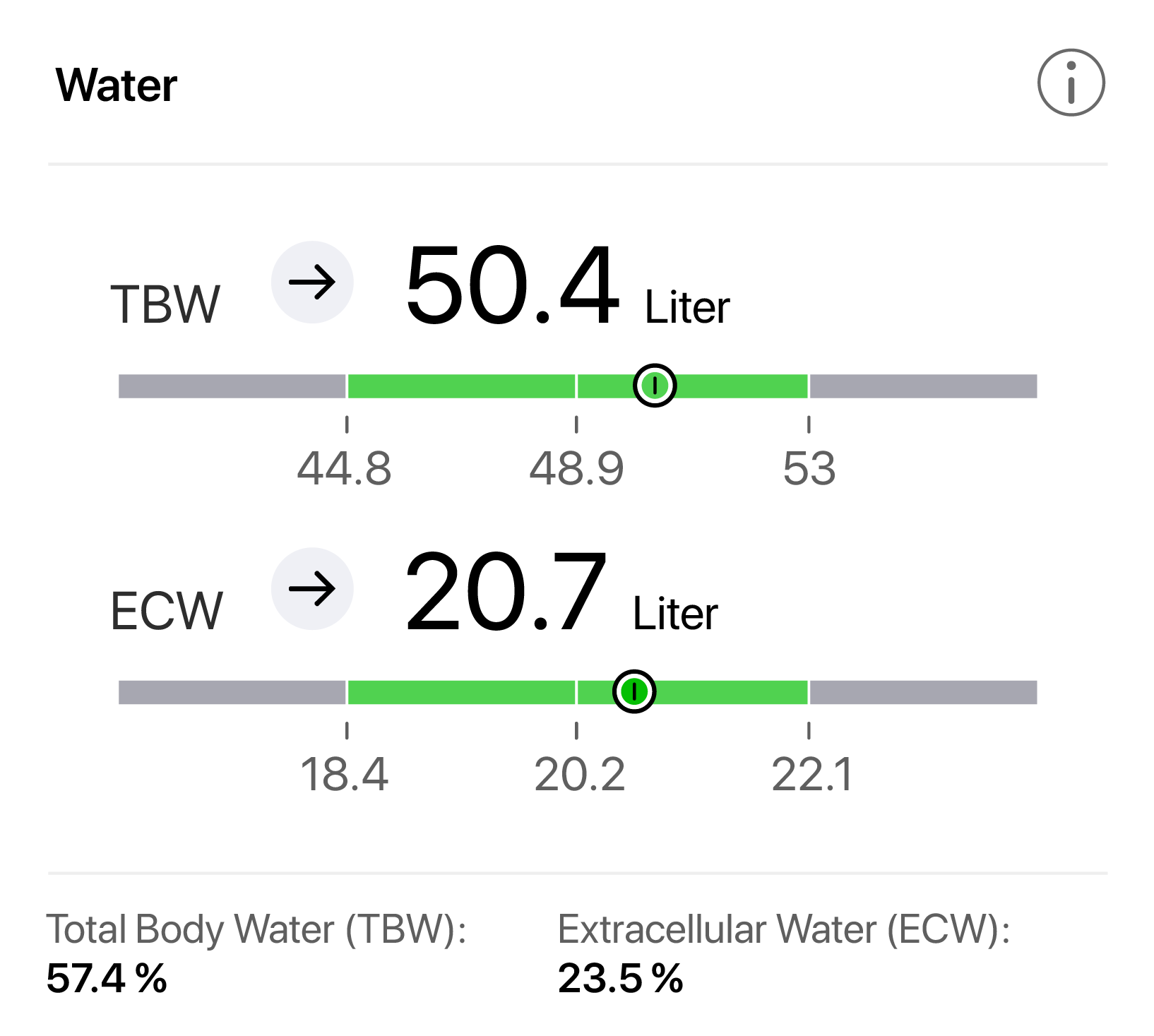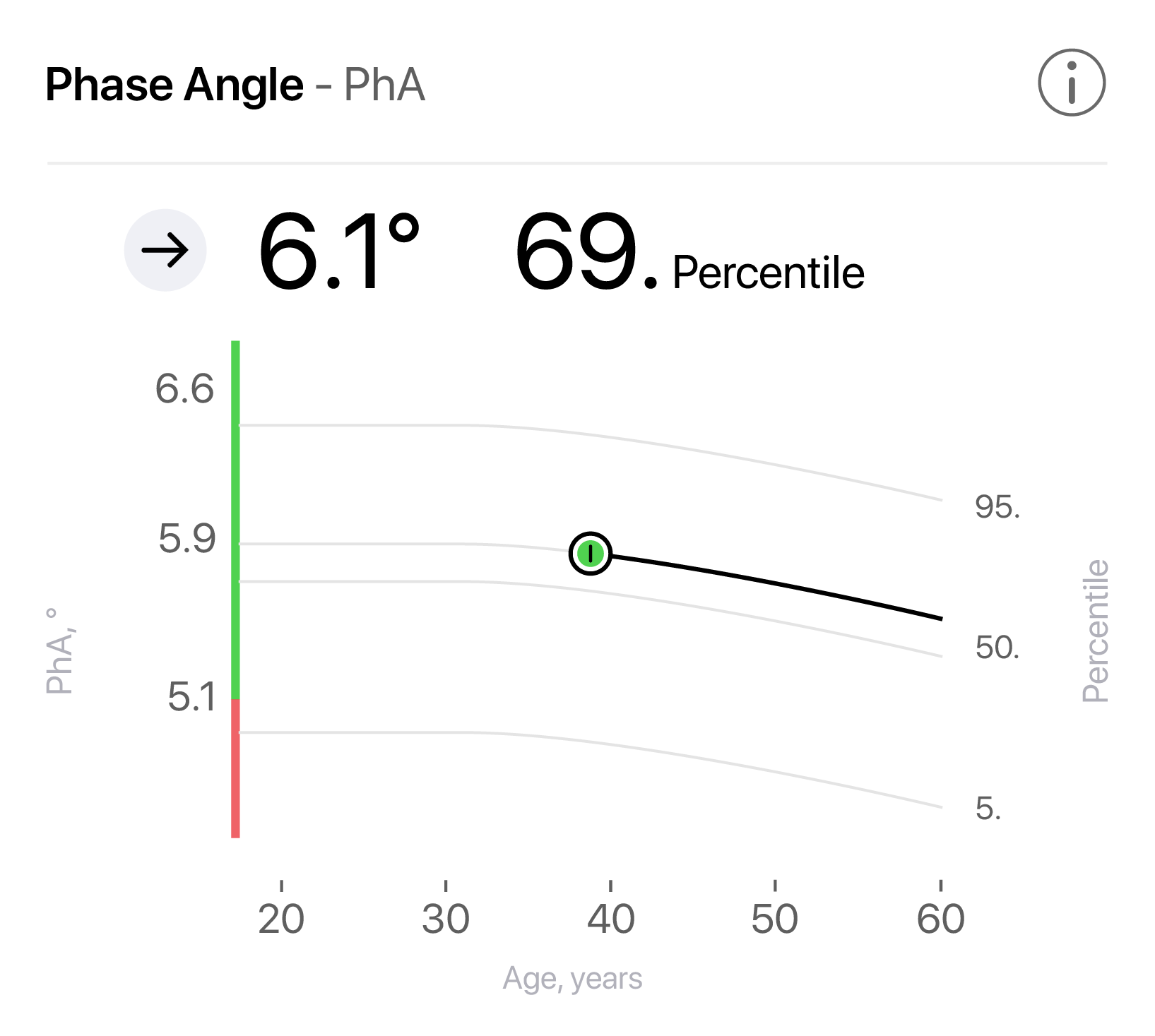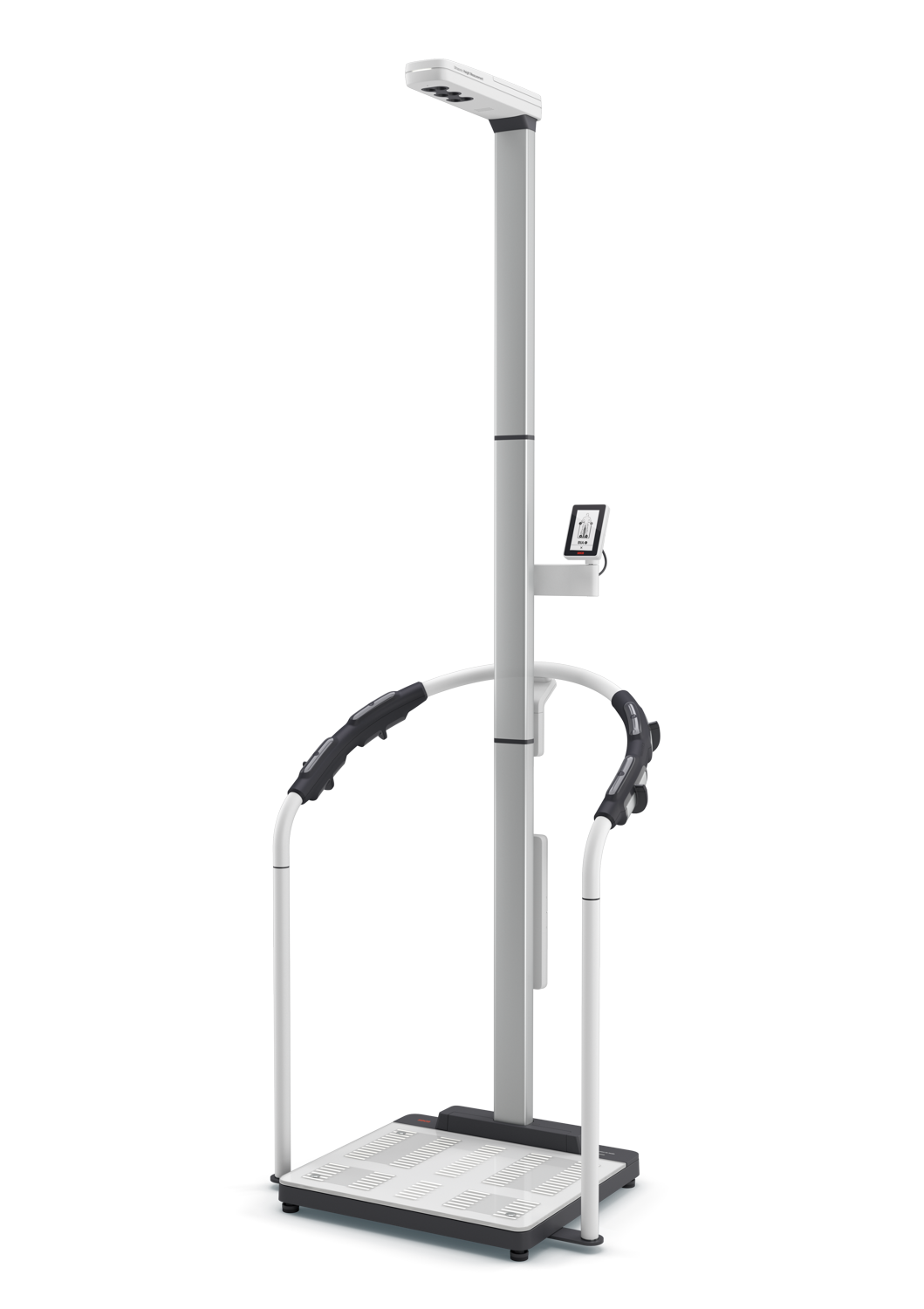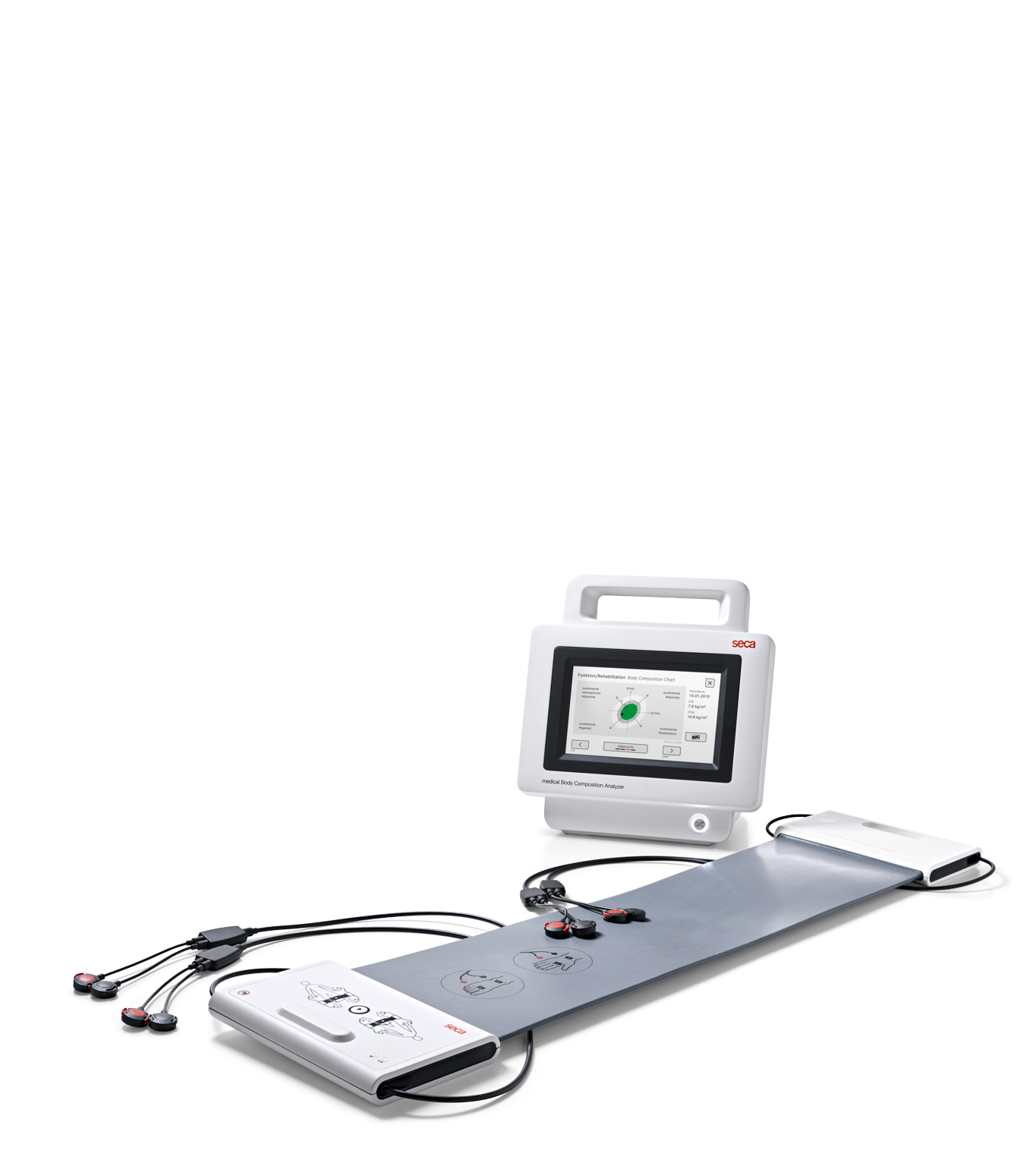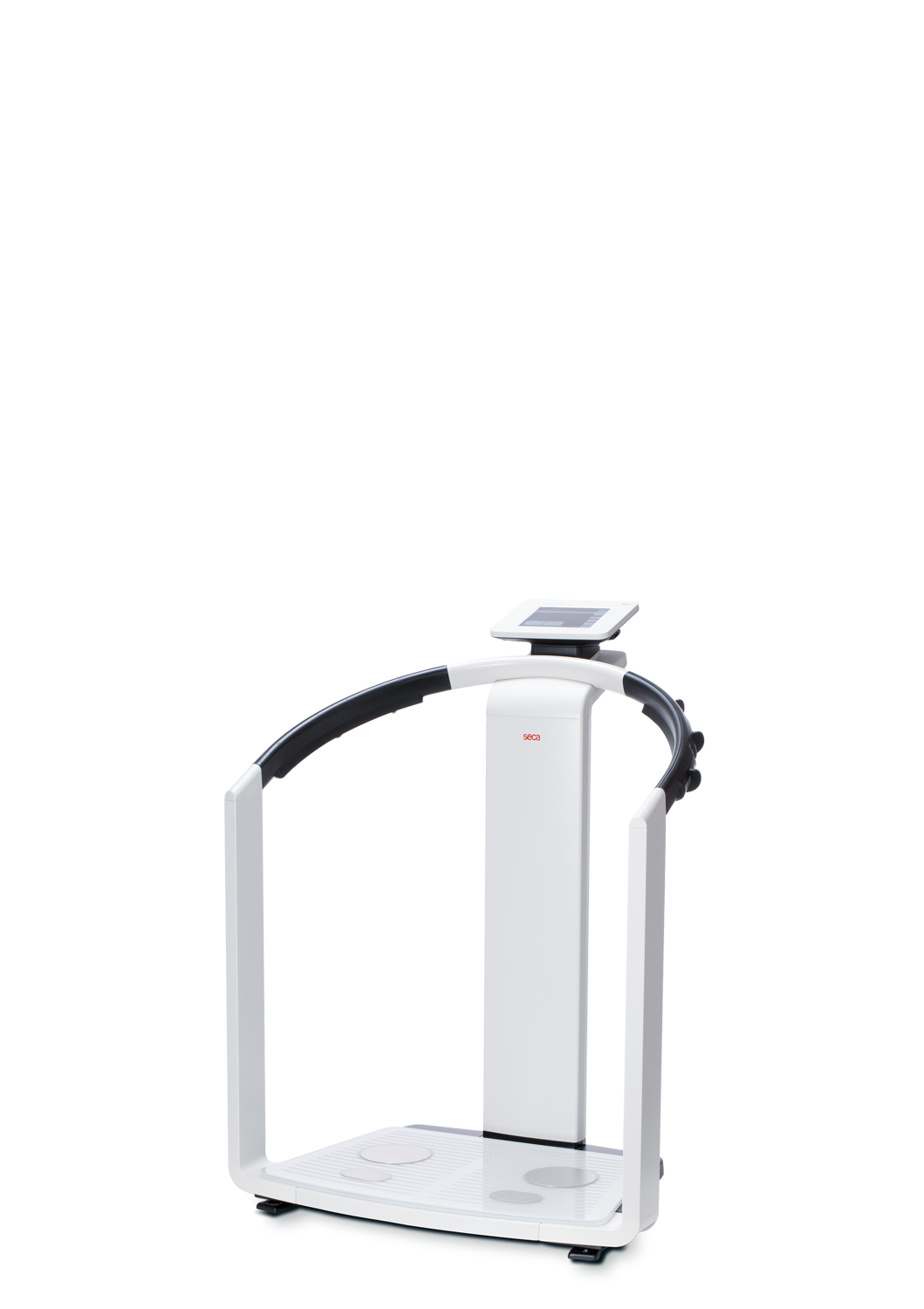
Primary Care
Primary care providers are responsible for caring for patients across the spectrum of health from those with malnutrition and sarcopenia to those with severe obesity, and are limited by the use of simple metrics like weight/BMI to assess health. Body composition assessment with BIA gives insight to what’s inside and can guide care to optimize health and longevity and improve health outcomes.
Customer Testimonials


How to use Body Composition
Primary care providers are faced with an aging population and more and more patients living with obesity who seek care for their chronic diseases. Changes in obesity treatment options, including new anti-obesity medications that demonstrate effective weight loss in the long term, mean more and more general practitioners will need to provide comprehensive obesity care.
Weight loss alone is an insufficient outcome to measure progress, body composition is important to know where weight loss is coming from (muscle, fat, water) in order to adapt nutrition and exercise recommendations to keep weight off long term. Aging patients, those with chronic disease, as well as those pursuing wellness and anti-aging procedures need to know how their body composition measures up in order to achieve optimal health and stay motivated an compliant with treatment plans. Bioimpedance analysis (BIA) can be done with convenient, accurate scales positioned in the office for all patients to check in and make changes to their lifestyles.
Selected Parameters for Primary Care
seca north america
Medical Measuring Systems and Scales since 1840
13601 Benson AvenueChino, CA 91710
USA
seca Service
As the world leader in medical scales, we also offer you first-class service. Together with our branches, partners and dealers, seca offers a worldwide service network that ensures our products work troublefree.
All rights reserved seca 2023
